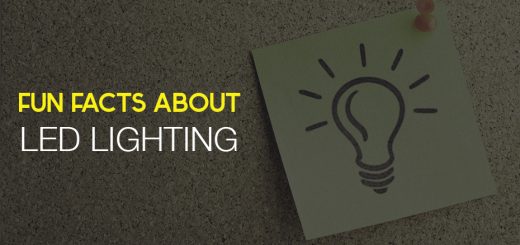How to Recycle LED Light Bulbs
With people spending extra time at home during the Covid-19 crisis, we’re burning through light bulbs quicker than usual. So, it’s no surprise that a lot of us a wondering how to recycle LED light bulbs.
So, are LED bulbs recyclable?
Yes, they are, but not as easily or commonly as fluorescent or CFL light bulbs. The reason is simply that LED light bulbs are both the most recent and the most long-lasting addition to the market so a lot of people still haven’t stopped using their first-bought LED light bulbs. With up to 50,000 hours of possible lifespan, LED light bulbs make up for only 1-2% of light bulb waste.
How can LED light bulbs be recycled?
With programs such as the EU-wide WEEE directive (Waste Electrical and Electronic Equipment), electronics manufacturers are required to contribute financially to the recycling of electronic waste. This means that a lot of manufacturers either have their own lamp recycling plants or are co-financing private lamp recycling plants where LED and other light bulbs can be mailed to be recycled.
Where can I recycle led light bulbs?
Mail-in programs such as the Eco Lights Northwest Recycling Program, the Christmas Light Source Recycling Program or LampRecycling.com and others, are a good option. A lot of these companies will send you pre-paid recycling boxes for you to slowly fill with recyclable light bulbs – LED and others – and send them back to them once the box is full.
As far as holiday string lights are concerned, Home Depot also accepts those for recycling and recycles millions of string lights per year. Most string lights such as your standard Christmas lights are made with LED bulbs and are one of the most common LED light bulbs waste.
Other good mail-in programs to consider include the Mercury Technologies of Minnesota Lamp Recycling Program, Waste Management LampTracker, Environmental LED Christmas Light Recycling Program, and others. Check for LED recycling mail-in programs in your local area first as there is likely to be at least some in your vicinity.
What does the LED light bulb recycling process involve
Fluorescent and CFL light bulbs recycling is crucial because the mercury in them is both a hazardous and valuable material. This is why they are classified as “Universal Waste” and is another reason why it’s easier to find ways to recycle these bulbs.
LED lights, on the other hand, are recycled for the glass and copper bulb caps they’re made out of. The process is simple – a big machine crushes the light bulbs and then separates the glass from the metal via a magnet. The shattered glass pieces are most often used for construction aggregate, usually in road fortifications, and the copper is just refined. The PCB board of the bulb is also extracted and recycled. Most LED bulbs are 45%-90% glass.
What does the future hold?
As LED recycling is fairly new and most of the produced and sold LED light bulbs are still in use, it’s fair to guess that LED light bulb recycling will evolve even more in the coming years, especially when LED solar panels start getting recycled. More legislation will probably be drawn and newer technologies and applications for the recycled materials will likely be invented.



